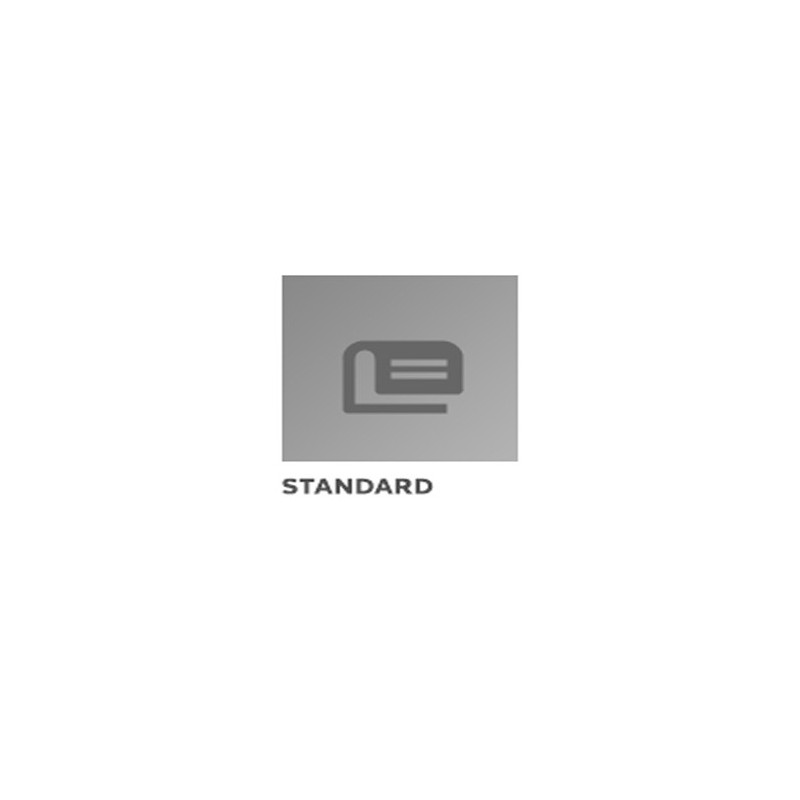Description / Abstract:
The original purpose of this document was to establish interface
requirements for modular avionics backplanes to be prototyped up to
1995. The document was issued as ARD50011 in September 1992. It is
being reissued as an SAE Aerospace Information Report (AIR) in
order to:
a. Preserve the requirements for more than 2 years
b. Support design of retrofits and avionics systems to be
fielded in the years 1995 to 2000
c. Provide a baseline for updating the requirements of future
integrated systems
These requirements were and are intended to promote
standardization of modular avionic backplane interfaces. These
requirements have been driven predominantly, but not exclusively,
by aerospace type military platforms.
Purpose:
Several studies (2.2.1, 2.2.2, and 2.2.3) have shown that a
significant reduction in the life-cycle-cost (LCC) of complex
systems can be obtained through the use of form, fit, and function
(F3) interface standards. Perhaps the most recent
implementation and application of the F3 have been the
development of common avionics modules for military aircraft
programs. Significant effort has been expended to develop a family
of line replaceable modules (LRU). The applications for use of
avionics LRMs include new platforms as well as product improvement,
retrofit, and upgrade programs. Depending on particular
programmatic requirements, the following benefits may be realized
when using common avionics LRMs:
a. Reduction in the size of line replaceable items
b. Reduction in the number of types of line replaceable
items
c. Reduced Avionics Intermediate Shop (AIS) complexity through a
two-level maintenance structure with less AIS repair
d. Use of common building blocks to provide functions
e. Increased fault detection and tolerance with module level
fault isolation
f. Support for reconfiguration.
The key to the application of the modular design approach for
avionics lies in the standardization of backplane interfaces with
integrated rack and packaging guidelines.
Currently, standards exist for some interfaces. Examples are the
Pi (See AS4710) and TM (see AS4765) buses, but others may apply.
There is a growing awareness that further definition of backplane
interfaces is required. No overall view of backplane functions and
requirements is available within the open literature. This document
is intended to provide that overall view and avoid a fragmented
approach to modular avionic backplane interface
standardization.
The AS-2 Committee fosters the systematic approach of
requirements definition before standard adoption or development.
The baseline for this document was the Modular Avionics System
Architecture (MASA) program document, "Requirements/Standards for a
Modular Backplane" (2.2.4) which was developed by the MASA
interface Panel.
Document Objectives: This document was developed with two main
objectives:
a. Define what modular avionics backplane services, interfaces,
and physical attributes should be standardized or specified
b. List task group consensus attributes on which further
backplane interface standardization and specification can be
based.
The first objective covered by Sections 3 and 6 while the second
objective is covered by Section 4 and 5. Thus, the only
requirements included are those for which consensus could be
realized within the group.
Document Structure: A definition of each identified backplane
function is given in Section 3, listing the services which may be
required by a modular avionics backplane. Requirements which may be
applied generally to all backplane services are given in Section 4
while Section 5 describes requirements unique a particular
backplane service. Section 6 defines the types of documentation
which are a required to implement a backplane system which supports
common avionics interoperability.
Scope of Detailed Service Requirements: This document brings
together the definition of all the services required to be
supported by the modular avionics backplane. Some requirements need
to defined in greater detail before standards can be developed.
However, these detailed requirements must be developed for use
within the environment and constraints indicated within this
document.
NOTE: The specific requirements defined by the group are
considered important even though only an initial look at the
problems. A more detailed investigation of the requirements could
produce other results. The more detailed results should be adhered
to, since the ones in this document are just an initial evaluation
of the services.
It should be noted that these are functional requirements and
more than one backplane service may be implemented by a single
standard (e.g., Data Flow and Sensor/Video Networks). The BIRST
group advocates consideration of requirements for similar networks
during the development of a standard to minimize the number of
standards generated.


